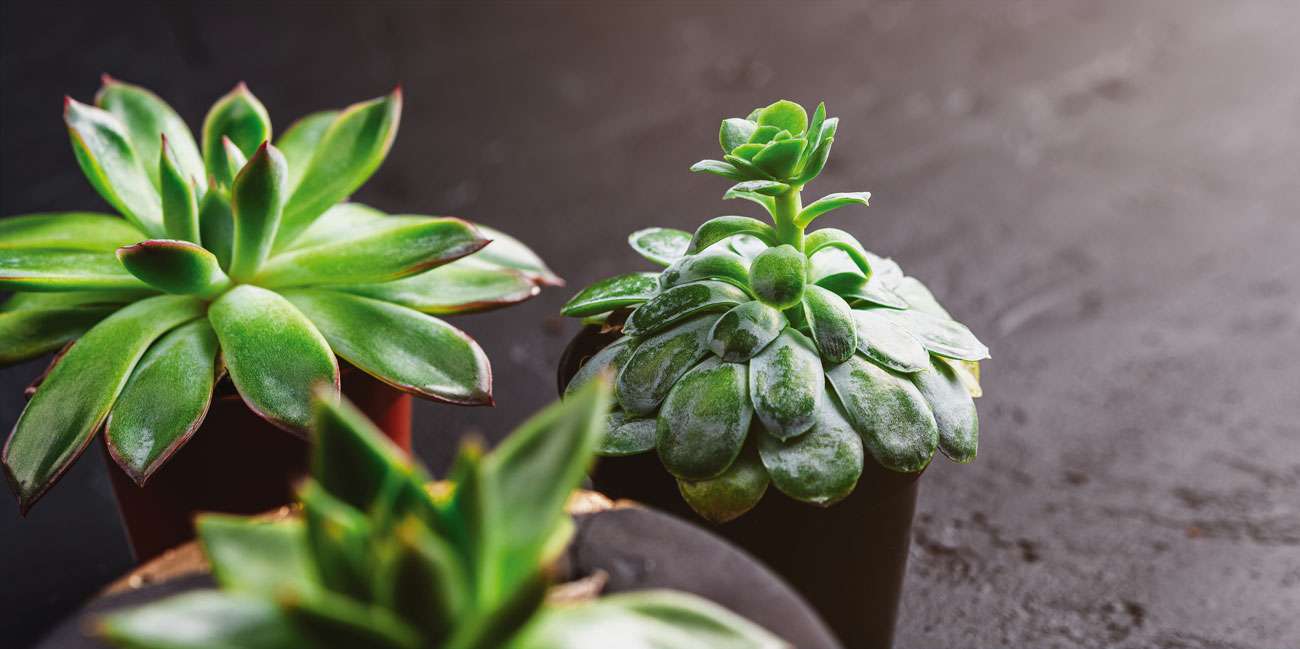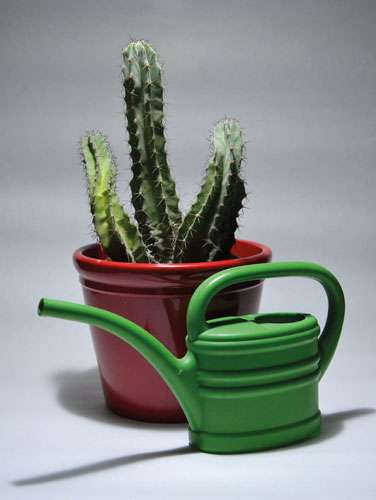
After the events of the last 12 months, we have seen an upsurge in the number of houseplants people are buying for their homes. This is mainly for the aesthetics that bringing a bit of nature into your home offers, but plants can offer health benefits too.
- NASA research scientists have proven that houseplants have the ability to filter and remove pollution which can result in a significant increase to indoor air quality.
- The strategic positioning of a pot plant or two can boost focus. Studies show workers are more productive when their office is filled with greenery.
- Artfully placed around your bedroom, house plants can be a useful aid to restful slumber.
- Being closer to nature has been shown to lower stress levels – even looking at the colour green can reduce feelings of anxiety.
- The best thing is that anyone can nurture and care for the plants in their home. There is something calming about the process of watering, feeding and pruning your plants.
Where to start – 10 Easy to grow houseplants
- Aloe Vera – Much written about for it’s health benefits, very easy to grow, away from direct sunlight.
- Snake plant, will tolerate lower light conditions and a bit of neglect!
- Spider plant – has been popular for decades and so easy to root new plants to share.
- Pothos or Devil’s Ivy – beautiful trailing leaves that looks great tumbling over the edge of a shelf.
- Calathea or Prayer Plant – amazing choice of unique colours and patterned leaves
- Ficus benjamina or Weeping Fig – very tolerant of location and watering regime.
- Tradescantia zebrina or inch plant – another trailing plant that is easy to grow, with striking foliage.
- Monstera deliciosa or Swiss Cheese Plant – Very tolerant of position and watering but shown a little love, will flourish to fill dull corners.
- Cactus – These are the plants to place on your sunny windowsills and will thrive. They can tolerate a little neglect and forgetting to water once in a while.
- Ivy – grows just as well inside as out.
Houseplant care
- Over-watering – This is the number one cause of houseplant death. Avoid this by letting the top centimetre or two of compost dry out before watering again, and be sure to let any excess water drain away completely.
- Under-watering – if the compost has become too dry, it’ll need a really good soak to fully hydrate it again. Plunge the pot into a bowl or bucket of water until the compost is evenly moist. Get saucers for all your plant pots so you can water them easily in situ.
- Only use pots with holes for drainage. Otherwise you risk water-logging the soil and rotting the roots.
- Growing in too much shade: Even shade-loving house plants need decent light levels. Research your plant and find out about it’s natural habitat, then try to replicate it in your home.
- Growing in too much sun – Most houseplants cannot cope with lots of direct sunlight. A spot in bright light, but out of direct sunlight, is best for most houseplants. – however, cacti, succulents and carnivorous plants are the exception to this rule.
- Growing next to a radiator – This can quickly lead to parched soil and dry air which can turn leaf tips brown. Temperature fluctuations can stress plants, too. Grow your plants in a spot with a more constant temperature.
- Dust the leaves with a slightly damp microfibre cloth.












